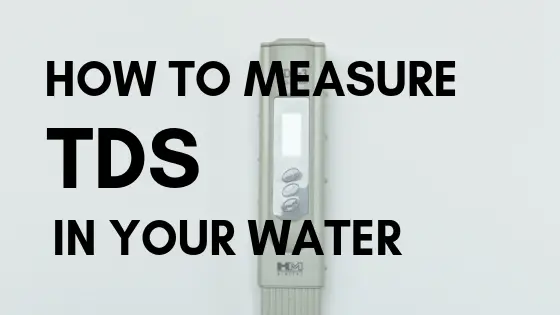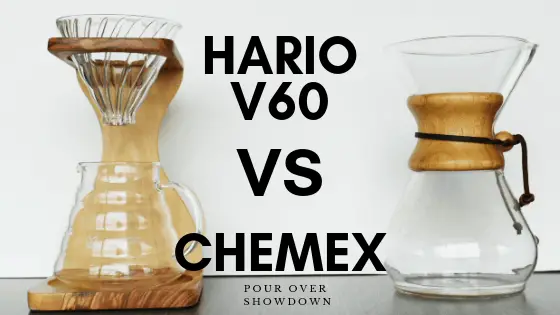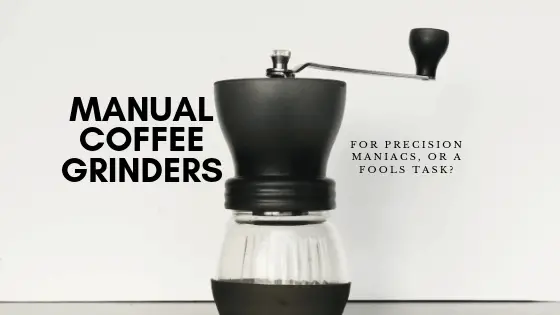Get to the Point; a Quick Tip to Improve your Coffee:
Find a cheap Total Dissolved Solids reader. Take the PPM measurement of your water and multiply by 1.3. If you’re below 75 ppm or above 200 ppm, you should make a change to your water. Read on to find out what this means and what you should do if you’re outside the ideal Dissolved Solids range of 75-200.
What is TDS, or Total Dissolved Solids
TDS, or Total Dissolved Solids is a measurement of how many minerals and salts are present in your water. A TDS reader measures the amount of cations and anions in the water, so it can also detect metals and other chemicals.
A high or low TDS reading gives you a very general sense for what’s in your water. Beyond being important for your health and the health of your plumbing, knowing the Total Dissolved Solids in your drinking water is important for the flavor of your coffee.
If you’ve ever wondered why your coffee is tasting flat or bitter, no matter how light you roast, you may be facing a problem that can’t be fixed through roasting– it may be the water.
I started on this journey to improve my drinking water after struggling for months to figure out why the coffee I had at work was fantastic, but was lackluster when I brought it home to my family. There were a few different reasons why, and I’m going to get into them here.
Consider picking up a TDS measurement tool (or borrow one: if you have enough homebrewer/ coffee roaster/ beverage enthusiast friends, someone will have one). A quick and simple measurement could lead you to better coffee. It will also lead you to better drinking water, which is almost as important as coffee.
What is a good range for brewing coffee?
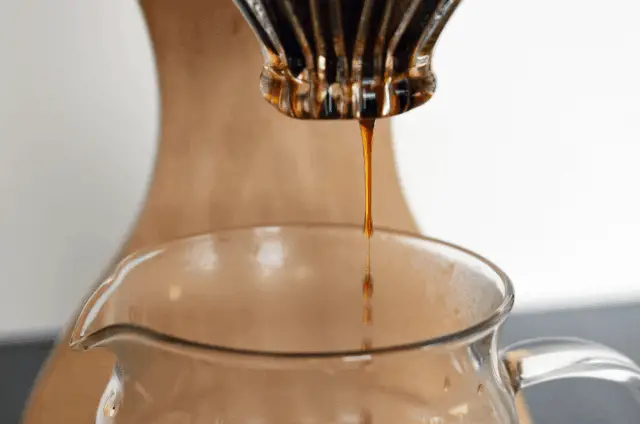
The standards set out by the Specialty Coffee Association say that the ideal range for TDS is between 75 ppm and 250 ppm, with the target being 150 ppm.
Anywhere in this range is fine, with most places falling somewhere in the 100’s. If you are anywhere in the 100’s, I wouldn’t worry about changing anything with regard to your Total Dissolved Solids. Over 250 ppm, and you might notice that all your water cups build up calcium on the outside and your plumbing needs to be descaled often.
How can TDS affect the flavor of my coffee?
If your TDS is below 100, you may be overextracting your coffee. If it tastes bitter, no matter how light your roast, you may be brewing with water with low TDS.
This is because water is a tremendous solvent. Because there are so few solids in low TDS water, there is all the more room to strip your coffee of its delicious solubles as well as the undesirable solubles. Your water will get fat and happy, but at the cost of the flavor of your morning cup.
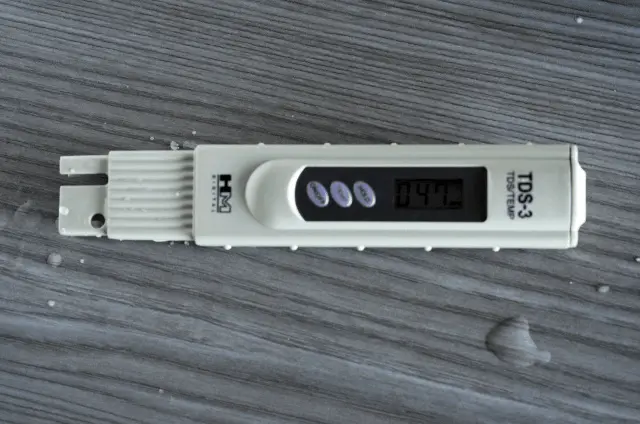
If your TDS range is too high, your coffee will be underextracted and may be salty, thin, or sour. This is because your water is already fat and happy; totally satiated, your water doesn’t want any part of the delicious solubles your coffee has to offer and passes right on through. Only a bit of highly soluble caffeine and a few other compounds pass through, leaving you with a less-than-enjoyable morning cup.
Other than that, TDS doesn’t have any other effect on flavor. You have to look more specifically at the “solids” in Total Dissolved Solids to glean any more information.
You can go further into the specific minerals, but first, you should address additives like chlorine, which affect coffee flavor far more than specific minerals.
How can I change my TDS?
Luckily, most municipal tap water fits right in the correct range. It’s a lot easier to remove solids than it is to add solids. However, there are a few ways to do so.
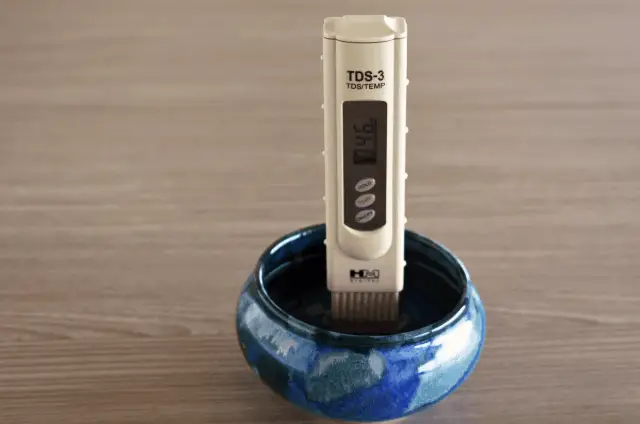
Tap vs Filtered
Municipal tap water, as stated earlier, is usually in the 100-200 TDS range. Either way, for a whole host of reasons unrelated to TDS, you should filter your water with an activated carbon filter. This helps remove a portion of TDS (which you may not want if you’re on the low end) but also helps remove chemicals like chlorine which can really destroy any good flavors in your coffee.
Adding Minerals
There are a few companies that sell mineral combinations specifically designed for coffee (or for beer, or wine). If you are looking to really control your coffee, consider getting a pitcher filter, and adding minerals to that filtered water until you reach your desired TDS level.
I suffer from low TDS. My home water is at 55 TDS. WAY too low in minerals for delicious coffee. I discuss more on this issue toward the bottom of this article.
Other things in your water that will change the flavor of your coffee.
Chlorine (forms Trihalomethanes, including chloroform– boil for 2 minutes)
Chlorine is definitely a good coffee killer. Fortunately, it’s easy to remove, even if you live in Las Vegas and drink swimming pool water. Boiling for two minutes (with the lid off your kettle) removes chlorine.
The chlorine added to municipal water systems reacts with organic compounds (algae and fish doo-doo) to create things called trihalomethanes, which includes chloroform. I don’t know much about the specifics of drinking chloroform, but I do know that a five minute boil removes it. If the extra five minutes is too much in the morning, boil your water the night before. I bet you’ll notice a difference in the quality of your coffee.
Flouride
Flouride: great for teeth, bad for coffee. Activated carbon filters help remove flouride, though boiling does not. It’s difficult to remove all flouride, but a little is better than nothing.
Take a look at your municipal water report
If you look up your city’s municipal water report, you will be able to find concentrations of chemicals like chlorine and lead, and you will be able to see the makeup of minerals in your water. Your municipal water report will have concentrations of calcium, magnesium, potassium, and sodium, as well as many other minerals and chemicals.
While municipal water reports don’t give you overall TDS, I recommend using that average against some of the cities that are known for coffee. Say if Portland or Seattle has high concentrations of calcium, and your city has lower concentrations, you can consider boosting your water with additional calcium.
Every city or county is mandated to release water reports, so a quick Google search should get you there.
Buying a TDS Meter
There are several types of TDS meters, some more accessible, and some that seem to do everything but cost a fortune.
My recommendation for if you’re looking to purchase a TDS meter and only measure your TDS, is to go with the cheapest meter you find on Amazon or similar site. They should be somewhere in the $20 range.
An important note about the $20 TDS meter
These meters are calibrated with table salt. NaCl is strange because its conductivity is non-linear, which means that the TDS reading is not necessarily accurate. The standard measurement tool is based on a 442 calibrated meter which is closer to $200.
What you can do to avoid spending $200 to learn how many minerals are floating around in your water is to get the cheaper TDS reader and multiply the PPM by 1.3. You won’t have an exact reading of your water, but you will be right in the ballpark and you’ll keep $180.
Wrapping it up
A TDS meter can help you identify problems in your cup. It’s certainly not necessary, but if you’re a bit obsessive over the details and are in the mood for constant improvement, consider getting a TDS reader.
